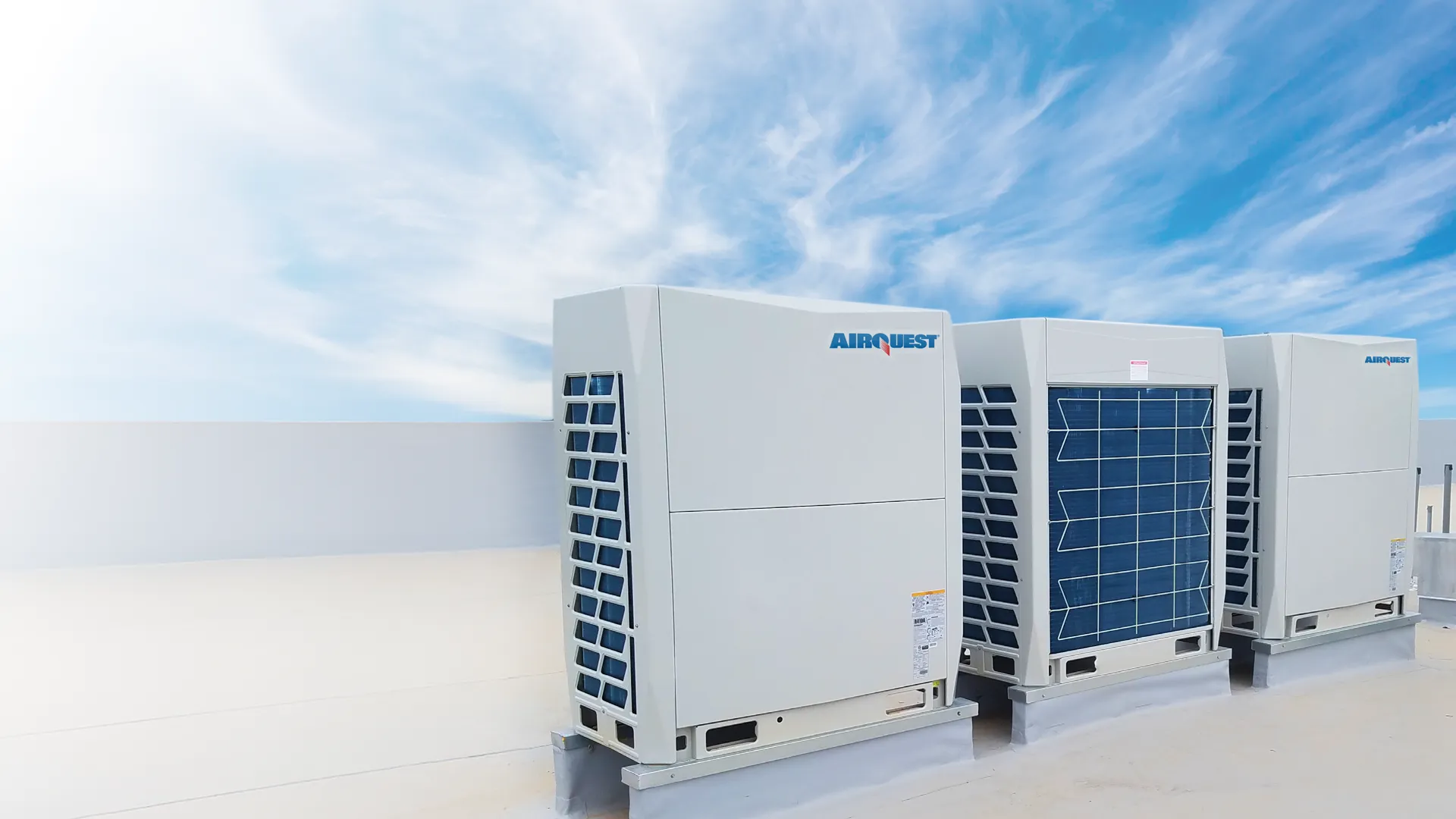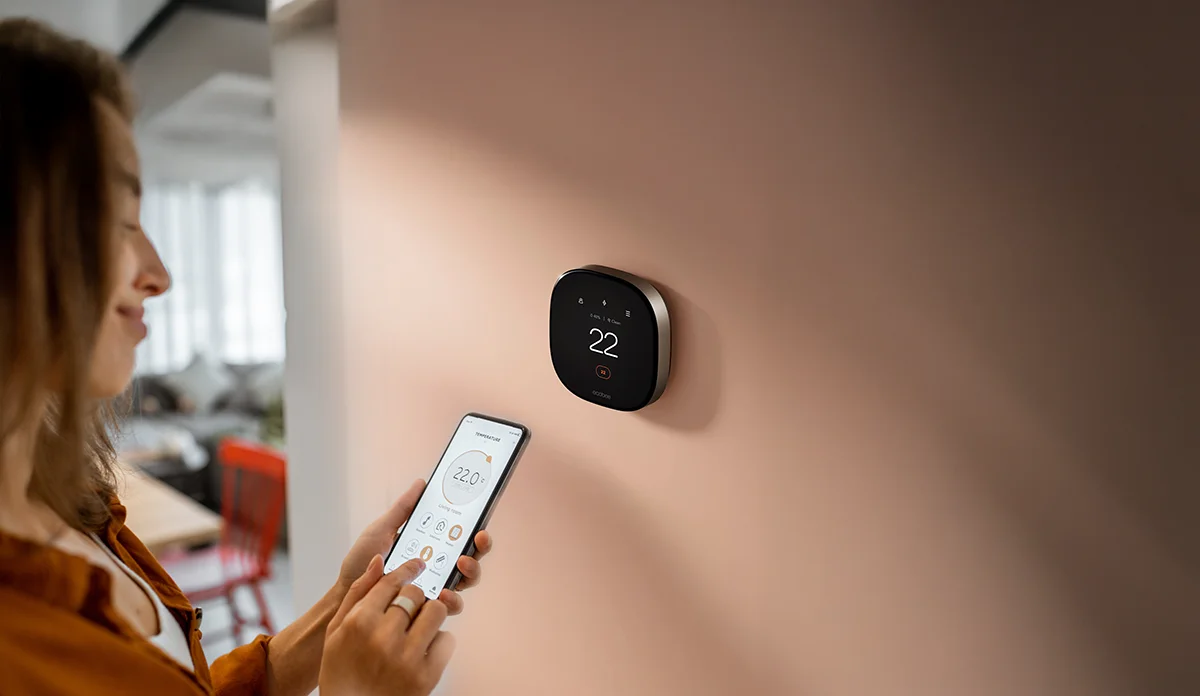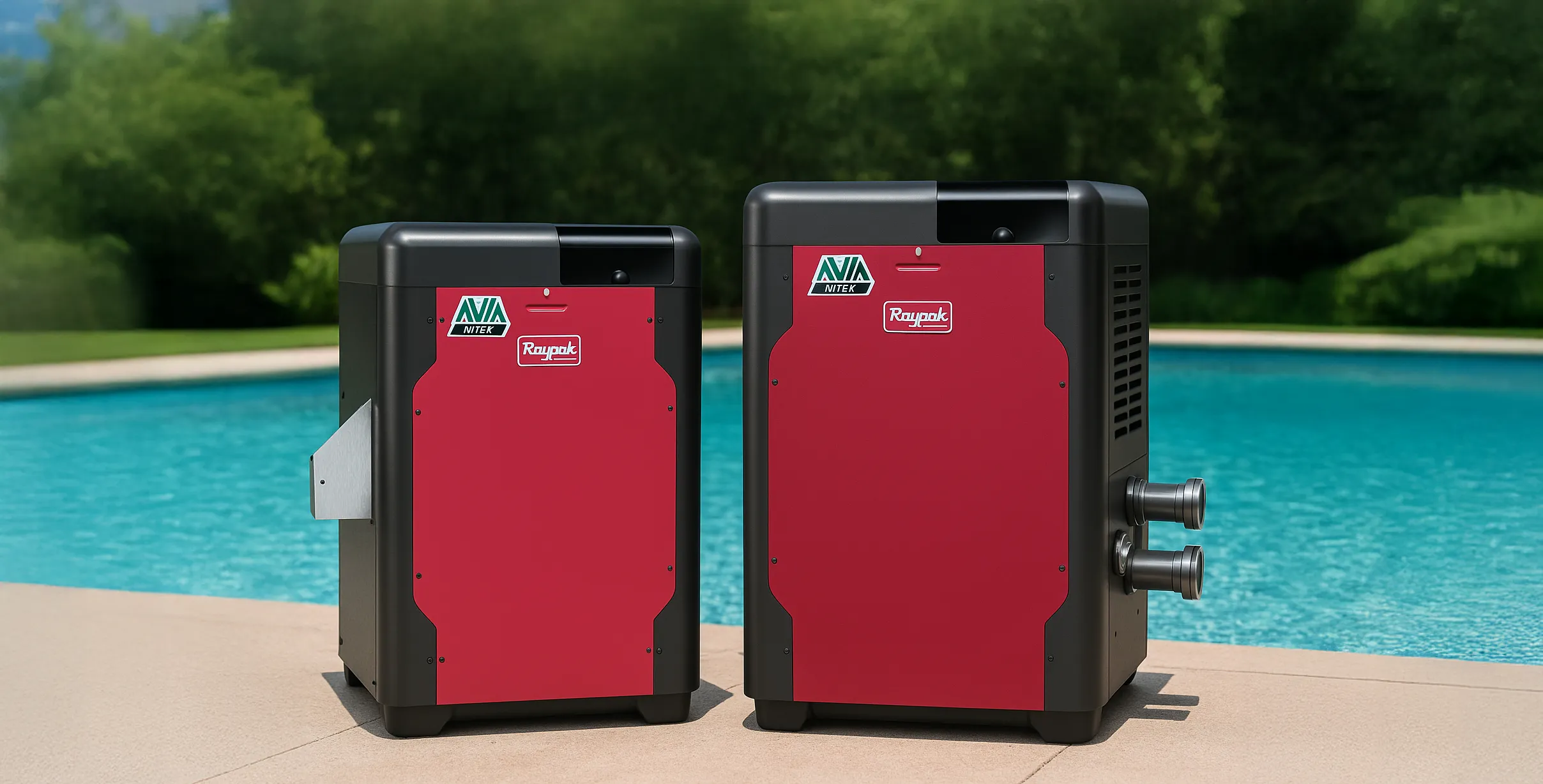Correct HVAC equipment sizing is critical to system performance, energy efficiency, and customer satisfaction. Yet even experienced contractors and engineers can make sizing mistakes that impact comfort, operating costs, and long-term reliability.
Sizing isn’t just about picking a unit that “seems close enough.” It requires a full understanding of the building’s thermal load, occupancy patterns, insulation, and more. Here are the top five common mistakes professionals make when sizing HVAC equipment — and how to avoid them.
1. Relying on Rules of Thumb Instead of Load Calculations
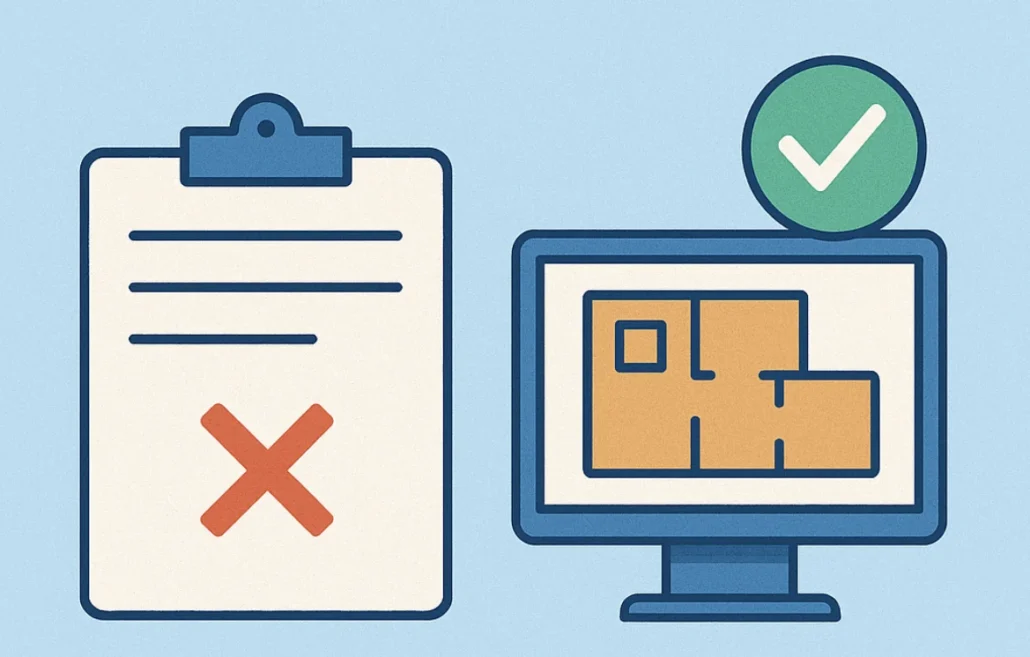
One of the biggest pitfalls in HVAC sizing is using rough estimates like “one ton of cooling per 500 square feet.” While rules of thumb might offer a fast starting point, they rarely account for real-world variables like:
- Insulation levels
- Window placement and size
- Building orientation
- Local climate
- Occupancy loads
- Equipment efficiencies
Every building is unique. Relying solely on quick calculations can easily lead to oversized or undersized systems.
✅ Best Practice:
Always perform a formal Manual J (for residential) or Manual N (for light commercial) load calculation to accurately determine heating and cooling requirements. Software tools make the process faster and more precise than ever.
2. Ignoring Building Envelope Upgrades
Another common sizing error is failing to consider recent (or planned) upgrades to a building’s envelope. Improvements like:
- New windows
- Additional insulation
- Air sealing
…can significantly reduce the heating and cooling loads. If you size equipment based on outdated conditions, you risk installing a system that’s too large for the improved building.
✅ Best Practice:
Before finalizing equipment selection, verify whether the building has undergone — or will undergo — efficiency upgrades. Update your load calculations accordingly.
3. Oversizing “Just to Be Safe”
It’s a tempting move: selecting a bigger system just to “play it safe.” But oversizing HVAC equipment introduces real problems:
- Short cycling, which reduces system lifespan
- Poor humidity control
- Increased energy consumption
- Uncomfortable temperature swings
In cooling applications especially, oversized systems don’t run long enough to properly dehumidify, leading to a clammy indoor environment.
✅ Best Practice:
Trust the load calculation results, and choose the correctly sized system. Equipment today is designed to handle extreme conditions within its rated capacity — oversizing hurts more than it helps.
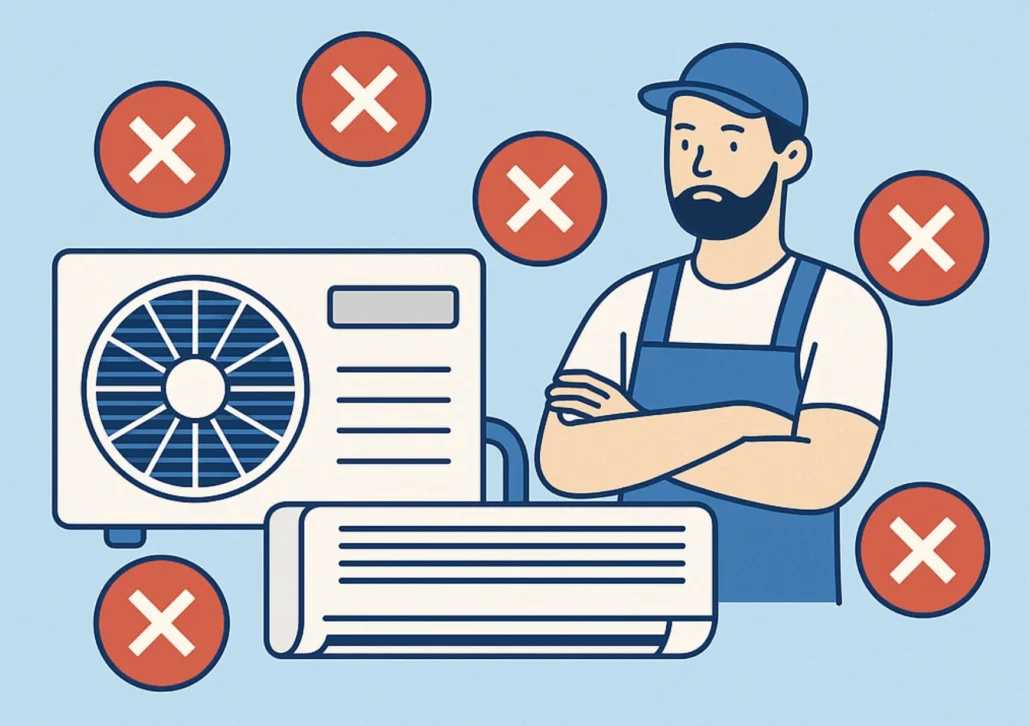
4. Underestimating Ventilation and Internal Loads
Ventilation and internal heat gains (from equipment, lighting, people) are often overlooked when sizing HVAC equipment. Ignoring these factors can lead to systems that can’t maintain indoor conditions during peak loads.
This is especially critical in:
- Commercial spaces with lots of electronics
- Buildings with high occupancy rates (e.g., schools, event venues)
- Facilities with specialized ventilation requirements
✅ Best Practice:
Include fresh air requirements and internal gains in all load calculations. Ventilation standards like ASHRAE 62.1 provide clear guidelines for different building types.
5. Forgetting Future Building Changes
Buildings aren’t static. A properly sized HVAC system today could be improperly sized tomorrow if the space usage changes.
Examples:
- A residential basement is finished after initial installation
- A retail store expands product displays and lighting
- A commercial office adds more employees
Without planning for future loads, equipment may struggle to meet demands later, leading to costly retrofits or complaints.
✅ Best Practice:
Talk to the building owner or project manager about future plans. While you can’t predict everything, designing a slightly flexible system (or allowing for modular expansion) can save headaches down the road.
Final Thoughts
Proper HVAC sizing isn’t glamorous — but it’s one of the most important services you can offer. Avoiding these five common mistakes can help you:
- Deliver greater comfort
- Extend system life
- Improve energy efficiency
- Reduce callbacks and warranty claims
- Build trust with your clients
Today’s customers expect more than just equipment — they expect tailored solutions that perform as promised. Taking the time to size systems correctly is one of the easiest ways to exceed expectations and grow your reputation as a trusted HVAC professional.
Stay sharp. Calculate smart. And always build for performance.
📚 Bonus Tip:
Stay updated with the latest tools for load calculations. Many software options now integrate seamlessly with project management apps, making the process faster and easier without sacrificing accuracy.
